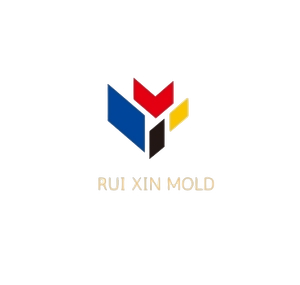Catalog
Tags

Corner Engagement in CNC Machining: Techniques for Precise Corner Cutting
TL;DR: Corner engagement in CNC machining refers to how the cutting tool interacts with workpiece corners. Proper techniques like reduced radial engagement, corner rounding, or trochoidal milling prevent tool deflection, improve surface finish, and extend tool life—critical for precision parts in aerospace, automotive, and medical industries.
How Corner Engagement Works in CNC Machining
When a CNC cutting tool enters a corner (typically 90°), the sudden change in direction increases the tool’s engagement area, causing:
- Increased cutting forces due to higher material contact
- Tool deflection leading to dimensional inaccuracies
- Heat buildup accelerating tool wear
- Chatter/vibration affecting surface finish
Effective corner engagement strategies maintain consistent chip load and minimize abrupt force variations.

Corner Cutting Techniques: Types & Materials
| Technique | Description | Best For Materials |
| Reduced Radial Engagement | Decreasing tool engagement to 30-50% in corners | Hard metals (Ti, Inconel) |
| Corner Rounding | Adding small radii to sharp corners | Aluminum, plastics |
| Trochoidal Milling | Circular toolpath with controlled engagement | Stainless steels |
| High-Speed Cornering | Maintaining velocity through corners | Composites, soft metals |
Tool Selection Checklist:
- ▢ Corner-radius end mills for stress distribution
- ▢ Variable helix tools for vibration dampening
- ▢ Coated carbide for heat resistance
- ▢ Shorter flute lengths for rigidity
Advantages & When to Use Corner Optimization
- +50% tool life by reducing corner stresses
- ±0.025mm accuracy in precision corners
- 25% faster machining with optimized feeds/speeds
Ideal for: Mold/die making, turbine blades, orthopedic implants, and any application with internal pockets or sharp features.
Real-World Applications
Boeing implemented corner-radius end mills in titanium aircraft brackets, reducing tool breakage by 70%. Siemens Energy uses trochoidal cornering for gas turbine components, achieving 15% shorter cycle times.
FAQ: Corner Engagement Challenges
- Q: How much corner radius should I add?
A: Minimum 1/3 of tool diameter (e.g., 0.5mm radius for Ø1.5mm tool) - Q: Best feed rate for corners?
A: Reduce by 20-40% vs. straight cuts - Q: Should I use climb or conventional milling in corners?
A> Climb milling (tool exits the cut) minimizes burrs
Optimize Your Corner Machining Today
Download our free CNC Cornering Parameters Calculator or schedule a toolpath audit with our machining engineers.
Key Takeaways
Trusted by manufacturers worldwide, Ruixin Mold offers reliable CNC solutions for automotive and industrial applications. Connect with us today to discuss your custom needs.
Get top-quality mold components—Contact Ruixin Mold today!
Need Precision CNC Machining for Your Mold Components?
We specialize in custom CNC machining of mold inserts, slide cores, ejector plates, mold bases, and lifters
all made to your exact drawings and specifications.
👉 Let’s Build Your Next Project Together!
Tell us your needs and upload your drawings — we’ll get back within 24 hours.
- Corner engagement management prevents 80% of premature tool failures
- Combine tool geometry, toolpaths, and parameters for best results
- Modern CAM software includes automatic corner optimization features
Trusted by manufacturers worldwide, Ruixin Mold offers reliable CNC solutions for automotive and industrial applications. Connect with us today to discuss your custom needs.
Get top-quality mold components—Contact Ruixin Mold today!
